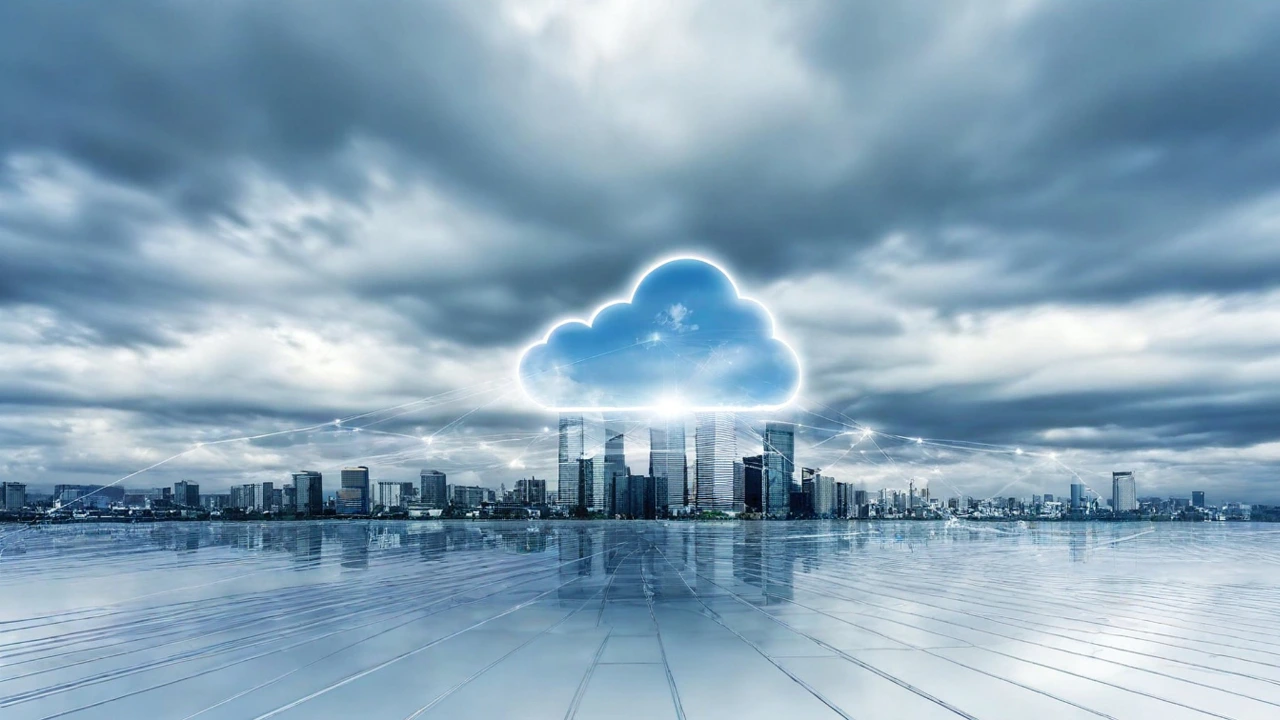Cloud infrastructure is the backbone of modern businesses, enabling scalability, flexibility, and cost efficiency. However, without proper monitoring and maintenance, even the most robust cloud environments can suffer from downtime, security vulnerabilities, and performance bottlenecks.
In this guide, we’ll walk you through proven strategies to monitor and maintain your cloud infrastructure effectively—ensuring reliability, security, and optimal performance. Whether you’re an IT manager, cloud engineer, or business leader, these insights will help you keep your cloud environment running smoothly.
Why Monitoring and Maintaining Cloud Infrastructure is Crucial
Before diving into the “how”, let’s understand the “why.”
- Prevents Downtime: Unplanned outages can cost businesses thousands per minute. Proactive monitoring helps detect issues before they escalate.
- Enhances Security: Continuous monitoring identifies vulnerabilities, preventing breaches and data leaks.
- Optimizes Costs: Tracking resource usage helps eliminate waste and reduce unnecessary cloud spending.
- Ensures Compliance: Many industries require strict adherence to regulations (e.g., GDPR, HIPAA). Proper monitoring ensures compliance.
Now, let’s explore the best practices for keeping your cloud infrastructure in top shape.
1. Implement Comprehensive Cloud Monitoring
Monitoring is the first line of defense against cloud inefficiencies. Here’s how to do it right:
A. Use Cloud-Native Monitoring Tools
Most cloud providers offer built-in monitoring solutions:
- AWS: Amazon CloudWatch
- Azure: Azure Monitor
- Google Cloud: Google Cloud Operations Suite
These tools track metrics like CPU usage, memory consumption, network traffic, and latency.
B. Set Up Real-Time Alerts
Configure alerts for:
- Performance anomalies (e.g., sudden CPU spikes)
- Security threats (e.g., unauthorized access attempts)
- Budget overruns (e.g., unexpected cost surges)
Tools like Prometheus, Grafana, and Datadog can help visualize data and trigger alerts.
C. Monitor Application Performance (APM)
Use New Relic, AppDynamics, or Dynatrace to track:
- Response times
- Error rates
- Transaction traces
This ensures your applications run smoothly for end-users.
2. Optimize Cloud Resource Management
Wasted resources = wasted money. Here’s how to optimize:
A. Right-Size Your Cloud Resources
- Downsize underutilized instances (e.g., VMs running at 10% capacity).
- Use auto-scaling to adjust resources based on demand.
B. Implement Cost Monitoring
- AWS Cost Explorer, Azure Cost Management, and Google Cloud Billing Reports help track spending.
- Set budget alerts to avoid surprises.
C. Clean Up Unused Resources
- Delete orphaned storage volumes, snapshots, and idle load balancers.
- Schedule automated cleanup scripts.
3. Strengthen Cloud Security Monitoring
Cyber threats are evolving—stay ahead with these measures:
A. Enable Logging and Auditing
- AWS CloudTrail, Azure Activity Log, and Google Cloud Audit Logs track every action in your cloud environment.
- Use SIEM tools (Splunk, IBM QRadar) for centralized log analysis.
B. Conduct Vulnerability Scans
- Tools like Tenable, Qualys, and AWS Inspector detect security flaws.
- Schedule regular penetration testing.
C. Enforce Least Privilege Access
- Follow the Principle of Least Privilege (PoLP)—grant only necessary permissions.
- Use IAM roles and policies effectively.
4. Automate Maintenance Tasks
Manual maintenance is error-prone and time-consuming. Automation is key.
A. Use Infrastructure as Code (IaC)
- Terraform, AWS CloudFormation, and Azure Resource Manager help automate deployments.
- Ensures consistency and reduces human error.
B. Schedule Patch Management
- Automate OS and software updates to prevent vulnerabilities.
- Use AWS Systems Manager, Azure Update Management, or Ansible.
C. Implement Backup and Disaster Recovery
- Automate backups (e.g., AWS Backup, Azure Site Recovery).
- Test disaster recovery plans regularly.
5. Analyze and Improve Continuously
Monitoring isn’t a one-time task—it’s an ongoing process.
A. Review Performance Metrics Weekly
- Identify trends (e.g., peak traffic hours).
- Adjust resources accordingly.
B. Conduct Post-Incident Reviews
- After an outage, perform a root cause analysis (RCA).
- Document lessons learned.
C. Stay Updated on Cloud Trends
- Follow AWS, Azure, and Google Cloud blogs.
- Attend webinars and certification courses.
Final Thoughts
Monitoring and maintaining cloud infrastructure isn’t just about avoiding problems—it’s about maximizing efficiency, security, and cost savings. By leveraging the right tools, automating processes, and staying proactive, you can ensure your cloud environment remains reliable and high-performing.
Start implementing these strategies today, and you’ll see fewer outages, lower costs, and happier users.
